Hotline
+86-136 8495 9862
Email:cennia@szmizhi.com
Add::104,Building 27,Third Industrial Zone, Longxi Community,Longgang District,Shenzhen,China.
Coil Forming & Handling Equipment
Surface Treatment Equipment
Solutions
Application
About Us

Welcome to MIZHI
For consultation/feedback, please call the service hotline: +86-136 8495 9862 Email:cennia@szmizhi.com
Our company is well received by customers with perfect solutions, good product quality, performance, and after-sales
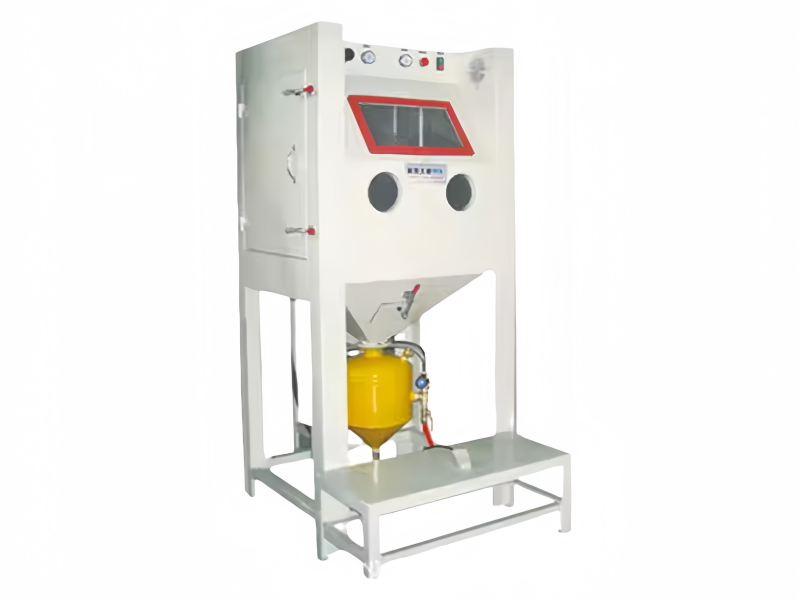
In the realm of industrial surface preparation and material processing, few tools match the sheer power and versatility of a High Pressure sand blasting machine. Designed to tackle the most stubborn contaminants, coatings, and surface imperfections, these machines are the cornerstone of heavy-duty applications across industries such as shipbuilding, aerospace, mining, and steel fabrication. This in-depth analysis delves into the definition, technical architecture, operational mechanics, applications, advantages, and safety considerations of High Pressure sand blasting machines, shedding light on why they are indispensable in modern manufacturing and maintenance.
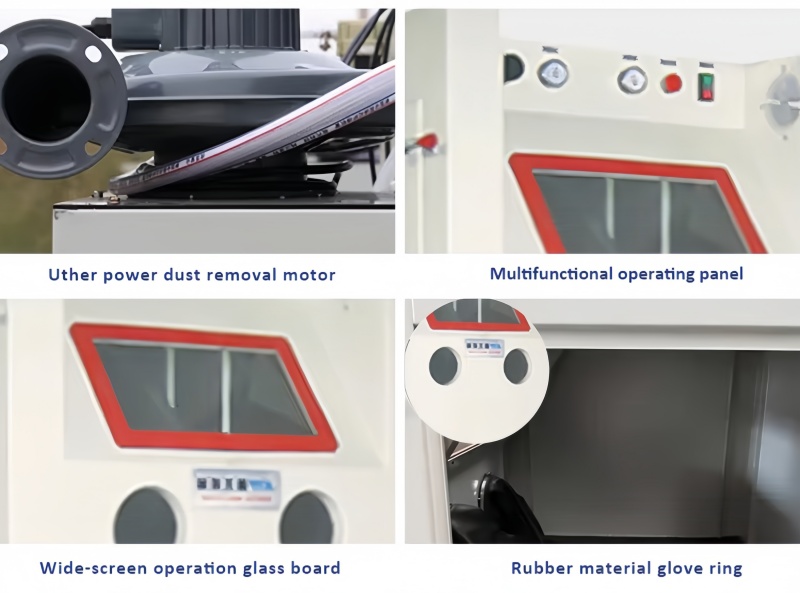
High pressure sand blasting machines are the backbone of heavy-duty surface treatment, designed to tackle the most demanding industrial applications with unmatched power and precision. These systems use compressed air to propel abrasive media at extremely high velocities, effectively removing rust, scale, coatings, and other contaminants from robust materials like steel, concrete, and cast iron. This comprehensive guide delves into the technical specifications, components, applications, and operational considerations of high pressure sand blasting machines, providing a detailed roadmap for selecting and optimizing these industrial workhorses.

In the ever-evolving landscape of industrial maintenance, construction, and manufacturing, the high pressure water sand blasting machine has emerged as a revolutionary tool. Combining the power of High Pressure water with the abrasive cutting action of sand or other media, this hybrid system offers unparalleled efficiency in cleaning, stripping, and surface preparation. Unlike traditional dry sandblasting or pure water jetting, high pressure water sand blasting (also known as wet sandblasting or slurry blasting) minimizes dust, enhances control, and delivers superior results on a wide range of surfaces. This comprehensive guide explores the technology, applications, benefits, and key considerations of these advanced machines, catering to professionals seeking to optimize their operations.
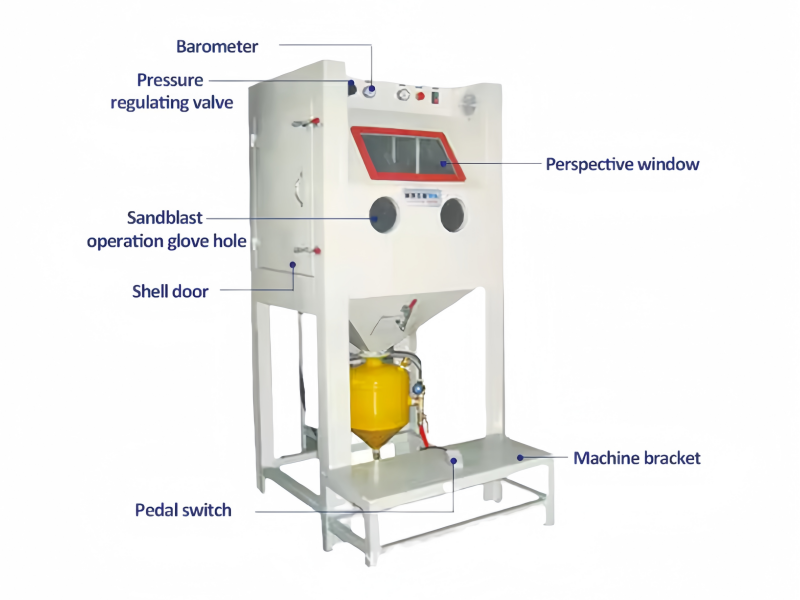
High Pressure sand blasting machines are the pinnacle of abrasive blasting technology, designed to tackle the most demanding industrial applications with unmatched efficiency. These robust systems leverage extreme air pressure and advanced engineering to remove stubborn contaminants, shape materials, and prepare surfaces for heavy-duty coatings. From shipyards and steel fabrication plants to mining operations and aerospace facilities, High Pressure sand blasters are indispensable for tasks requiring rapid material removal and precise surface conditioning. This comprehensive overview explores their design, operational principles, key applications, safety considerations, and technological advancements, highlighting why they are a cornerstone of modern manufacturing and maintenance.
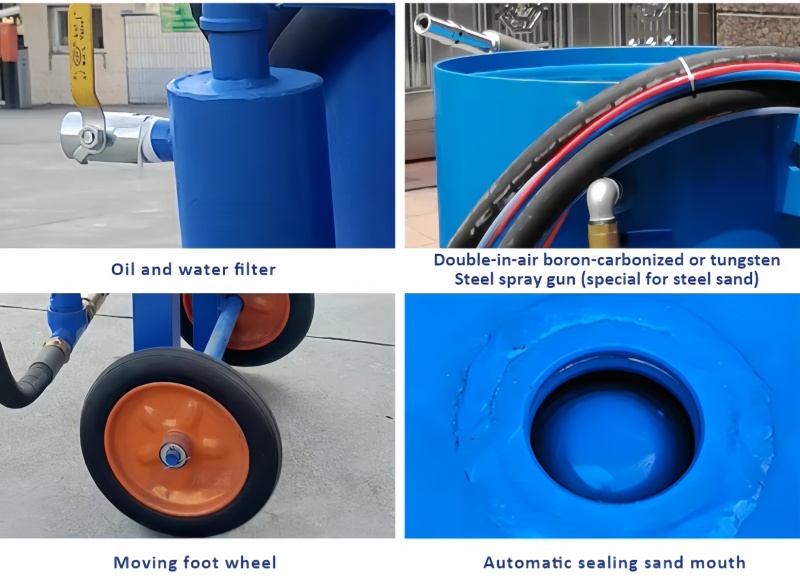
In an era defined by technological innovation and the need for agile industrial solutions, the 5G portable sandblaster tankemerges as a game-changer in surface preparation. Combining the portability of traditional sandblasting systems with advanced 5th generation (5G) connectivity and design innovations, these tanks offer unmatched flexibility, efficiency, and precision for on-site projects. This comprehensive guide explores the features, applications, and technological advancements of 5G portable sandblaster tanks, highlighting their role in modern industrial workflows where speed, connectivity, and sustainability are paramount.

In the realm of abrasive blasting, the 20-gallon portable sandblaster tank stands out as a powerhouse of efficiency and flexibility. Designed to meet the demands of both professional contractors and DIY enthusiasts, this mid-sized tank offers a balanced combination of portability, media capacity, and performance. Whether used for industrial maintenance, automotive restoration, woodworking, or artistic projects, the 20-gallon tank provides the ideal blend of mobility and productivity. This comprehensive guide explores its features, applications, advantages, and key considerations, shedding light on why it has become a staple in countless workshops and job sites.

Portable sandblasters have revolutionized surface preparation by offering mobility, versatility, and efficiency for on-site projects. Whether used in automotive repair, construction, marine maintenance, or DIY applications, these compact machines deliver powerful abrasive blasting in a lightweight package. This detailed guide explores the mechanics, components, operational principles, and practical applications of portable sandblasters, providing insights into their design, functionality, and best-use scenarios.
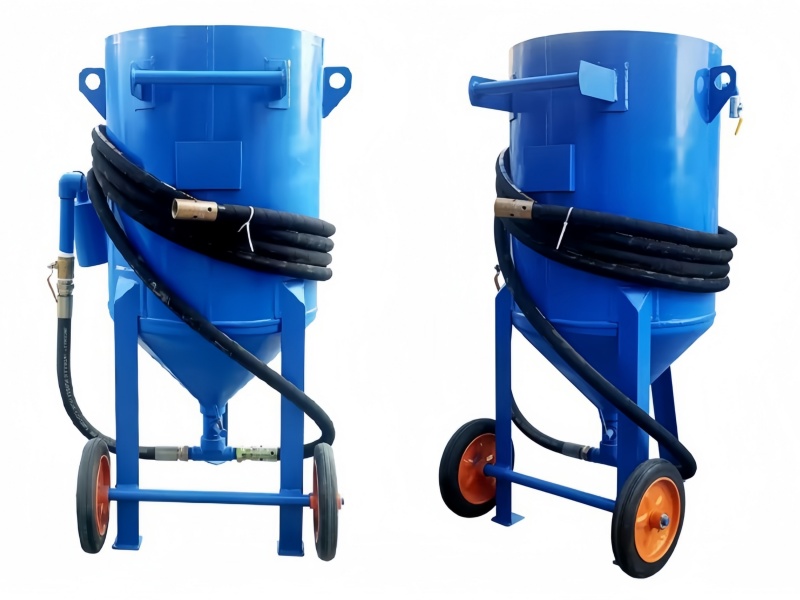
Design and Functionality Basics
Structure and Components
A portable sandblaster tank is primarily composed of several key components that work in harmony to deliver effective abrasive blasting. The tank itself is typically constructed from durable materials such as steel or high density polyethylene (HDPE). Steel tanks offer exceptional strength and durability, making them suitable for heavy duty applications where they may be exposed to rough handling or harsh environments. HDPE tanks, on the other hand, are lightweight, corrosion resistant, and ideal for tasks where portability is a priority and the risk of chemical corrosion is present.
1. Pressure Vessel: The main body of the tank serves as a pressure vessel, designed to store the abrasive media and withstand the internal pressure generated by the compressed air system. It is engineered to meet strict safety standards to prevent leaks or ruptures during operation. The size of the pressure vessel can vary widely, ranging from small tanks with a capacity of a few pounds of abrasive media for light duty tasks to larger ones that can hold several hundred pounds for more extensive projects.
2. Abrasive Hopper: Located at the top or side of the tank, the abrasive hopper is where the blasting media, such as sand, garnet, steel shot, or glass beads, is loaded. It often features a lid or cover to prevent dust and debris from entering and to keep the abrasive media dry. Some hoppers are designed with a quick release mechanism for easy refilling, while others may have a sieve or screen to prevent oversized particles or contaminants from entering the blasting system.
3. Blast Valve and Nozzle: The blast valve controls the flow of abrasive media from the tank to the blast hose and ultimately to the nozzle. It is typically operated by a trigger or a lever mechanism on the blast gun. The nozzle, usually made of tungsten carbide for its wear resistance, determines the shape and size of the abrasive stream. Different nozzle sizes and shapes can be used to achieve varying levels of blasting intensity and coverage, depending on the specific requirements of the project.
4. Air Inlet and Pressure Regulator: The air inlet connects the tank to a compressed air source, such as an air compressor. A pressure regulator is used to control the amount of air pressure entering the tank, which in turn affects the velocity at which the abrasive media is propelled. By adjusting the pressure regulator, operators can fine tune the blasting process to suit different materials and surface conditions. For example, delicate surfaces may require lower air pressure, while tough, heavily coated surfaces may need higher pressure for effective cleaning.
5. Hoses and Fittings: High quality hoses are used to connect the various components of the sandblaster tank system. The blast hose carries the abrasive air mixture from the tank to the blast gun, while the air hose supplies compressed air to the tank. These hoses are designed to be flexible yet durable, able to withstand the high pressure and abrasive nature of the blasting process. Fittings are used to securely connect the hoses to the tank, blast gun, and air compressor, ensuring a leak free operation.